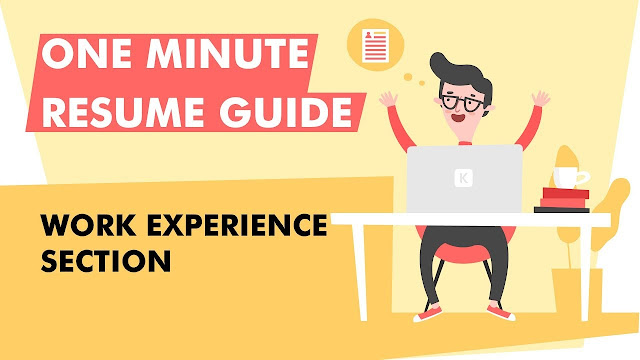What is the resume work experience section?
The work experience section of your resume should contain information about your professional history including previous titles, employers, dates of tenure, responsibilities, skills learned and accomplishments.Furthermore, depending on your background, you can include full-time positions, part-time jobs, temporary roles, internships and even volunteer work if you do not have extensive paid work experience.
Why is work experience on a resume important?
This section also includes information about your achievements, which can distinguish you from other applicants and make you more likely to get an interview. And, the work experience section in your resume shows the hiring manager whether you have the necessary experience and skills to succeed in the role you are applying for.To get a quick idea of your employment history, your prospective employer will most likely read the work experience section first. As such, this section could be key in moving you forward in the hiring process.
How to write work experience in a resume
1. Companies you worked for
Provide the full, official names of the companies for which you’ve worked starting with your most recent followed by the next most recent, and so on. And, do include the amount of work experience required in the job posting, if applicable.To keep the section relevant, exclude employment experiences older than 10 years. In general, you should at least include your last three employers.
2. Locations of the companies
Include down the cities and states where your previous employers are located. It is not necessary to provide their full physical address.3. Job titles
For example, stating that you were a social media marketing manager is preferable to just writing “Marketing Manager.” Also, avoid using acronyms to refer to your positions. Furthermore, you should be specific about your job titles in the companies you worked for.4. Employment dates
Use the standard month-year format (ex. Jan 2014–Nov 2019) to list when you started and stopped working for each company. If you have short gaps in your work history, you may want to list only the years of employment, or if you have long gaps, you may decide to provide a brief explanation as to why.5. Responsibilities and impact
Concisely describe your main responsibilities and the skills you demonstrated in your previous jobs, such as project management, strategic planning or team building. Pair your responsibility with a key impact, using numbers to measure your successAnd, for example, instead of writing, “Responsible for taking inventory and ordering office supplies,” an office administrator should write, “Developed new inventory process, reducing quarterly supply costs by 15%.”










No comments:
Post a Comment